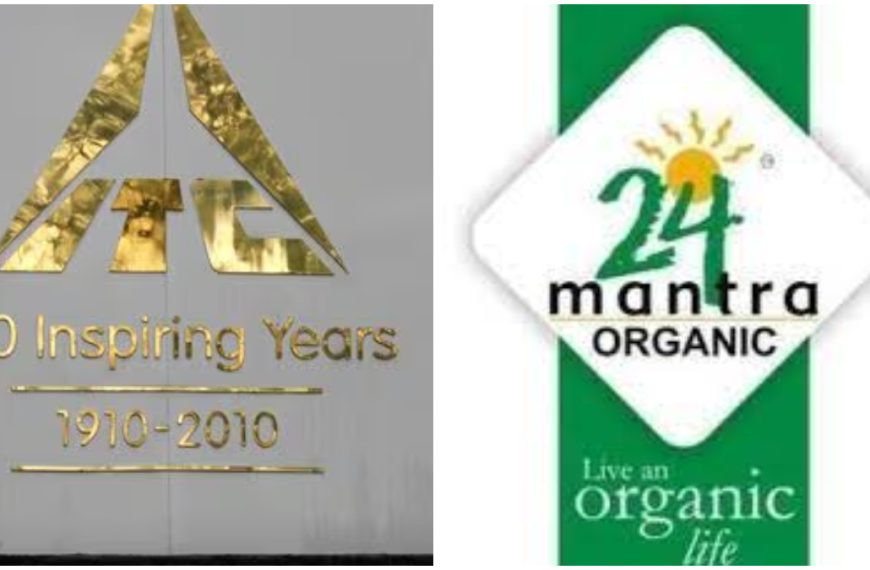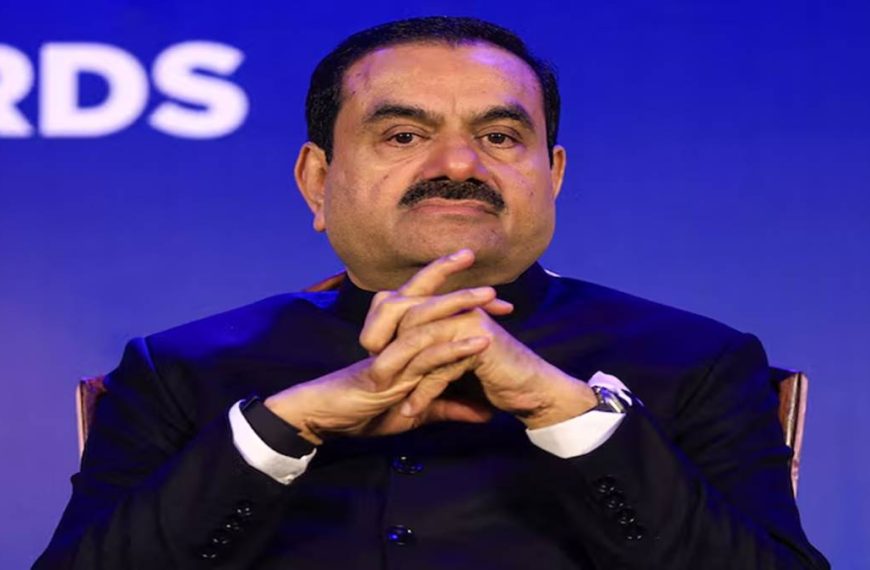Trump’s Tariff Announcement: Implications for Global Trade and Indian Exports
On April 2, US President Donald Trump unveiled a significant tariff plan, imposing rates between 10% and 50% on imports from over 50 countries, including a notable 26% on goods from India. While a temporary reprieve of 90 days for more than 75 countries was also announced, analysts at Crisil Ratings warned that these tariffs are unexpectedly high and could stifle global economic growth while disrupting supply chains.
Understanding the Impact on Indian Exports
The repercussions for Indian exports could be substantial. Crisil identified 11 key sectors likely to experience varying levels of impact from these tariffs. Their findings suggest that while most sectors will face moderate to low effects, there are notable exceptions:
- Diamond Polishing: Anticipated to experience a moderate impact due to increased costs making polished diamonds pricier. This sector is already struggling with competition from more affordable lab-grown diamonds.
- Smartphones: The impact has shifted from high to moderate, as tariffs imposed on competing countries like China and Vietnam enhance India’s competitiveness as a supplier to US markets.
- Textiles: The assessment is now low, thanks to significant tariffs on competitors such as Bangladesh, Vietnam, and China, which could benefit Indian exporters.
Economic Sentiment and Consumer Impact
Crisil also noted that the rising costs from these tariffs are likely to be passed on to consumers in the US, which may dampen overall consumer sentiment. This uncertainty could affect corporate investment both globally and domestically.
For India, exports to the US represent only 2-2.5% of its GDP for the fiscal years leading up to 2024. However, a slowdown in global trade and economic growth in developed nations could negatively impact India’s export-driven sectors. Nonetheless, strong balance sheets within these sectors may provide essential cushioning against the volatile global trade landscape.
Key Sectors Facing Higher Tariff Impacts
- Diamond Polishing: The sector is expected to face a moderate impact due to rising prices, potentially affecting demand as it competes with lab-grown alternatives.
- Smartphones: With tariffs on competing nations increasing, India is poised to become a more attractive option for US buyers.
- Textiles: The low tariff impact is bolstered by competitive advantages stemming from higher tariffs on rival countries.
The Road Ahead: Monitoring Tariff Dynamics
As the global trade environment evolves, the Indian government’s tariff strategies and safeguard duties on critical commodities will be vital in shielding the domestic market from potential dumping. Crisil indicated that other nations might adjust their tariff policies or enter bilateral agreements with the US, altering the landscape of international trade.
Continued vigilance is necessary as geopolitical alliances shift, which may further influence tariff levels and their subsequent effects on global trade. Stakeholders in export-oriented sectors should remain alert to these changes as they could significantly impact credit quality and economic outlooks in the coming months.
In conclusion, the evolving tariff landscape presents both challenges and opportunities for India. By understanding these dynamics, businesses can navigate the complexities of international trade more effectively.











